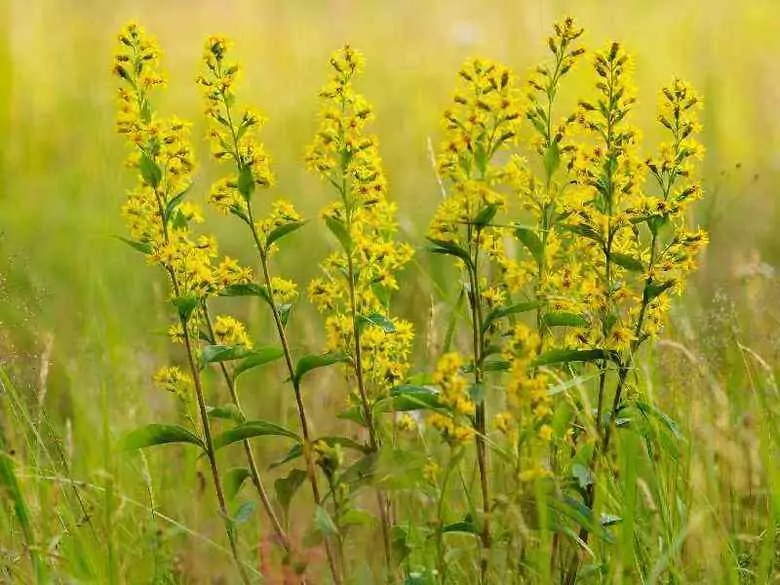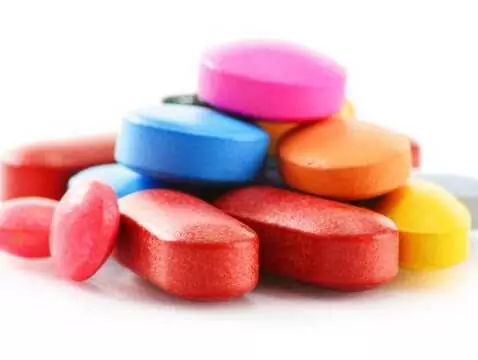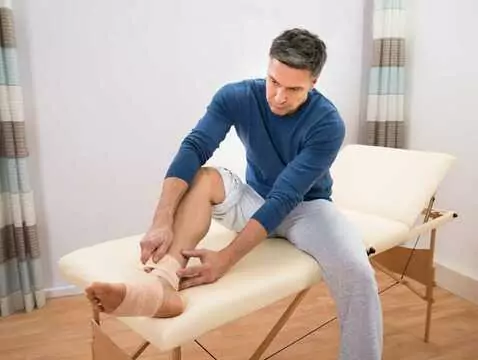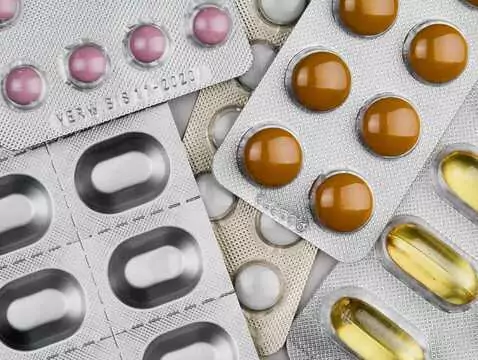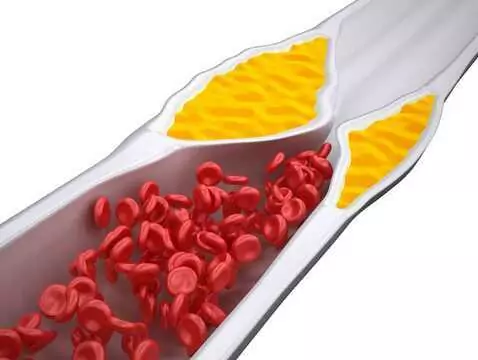Diseases of the veins, caused primarily by inflammation and thrombotic processes, often lead to a weakening of the blood vessel walls and an increase in their permeability.
As a consequence, exudative changes and venous oedema form. These are usually located in the lower extremities and also the anus, contributing to the development of varicose veins of the lower extremities and varicose veins of the anus (haemorrhoids), also known as bleeding nodules, respectively. Haemorrhoids are accompanied by portal venous hypertension and coagulation disorders. The first symptoms of varicose veins of the lower legs and anus are itching in the area and pain on passing stools. Untreated prolapse of varicose veins of the anus develops into a chronic form. Therefore, prophylaxis and supportive treatment of varicose veins is extremely important, involving the use of herbal remedies that strengthen the capillary walls, reduce vascular permeability and reduce inflammation of the veins.
Mild herbal laxatives such as flax seed, fenugreek seed, Psyllium seed or plantain seed have been shown to improve local peripheral circulation, strengthen vascular walls and facilitate bowel movements. These raw materials stimulate the gentle movement of the faecal mass towards the anus, softening it, which reduces the pain associated with haemorrhoids.
Sealing the capillary walls, stopping minor bleeding and inhibiting the release of pro-inflammatory substances, as well as those responsible for itching and burning in the inflamed veins of the lower legs and anus, are caused by numerous substances of plant origin:
- saponosides (rhizome of the rhuscus spinosus, chestnut seeds
- flavonoids,
- tannins,
- salicylic acid derivatives,
- anthocyanins,
- coumarins,
- terpenes.
Ruscus rhizoma
Steroidal saponosides (e.g. ruscogenin) found in the rhizome of the rhizome of the rhuscus spinosus have been shown to counteract norepinephrine-induced vasoconstriction. Ruscogenin also restores natural, physiological blood flow. A clinical study also demonstrated a reduction in congestive blood flow in the lower limbs and a reduction in swelling in the ankle joints and feet following the application of an extract of the described raw material. In the patients studied, it also restored the smooth muscle function of the venous vessels much more strongly than the flavonoid found in citrus fruit - hesperidin. Rhuscus rhizome should be used in standardised preparations at 350 mg 3 times a day.

photo: pantherstock
Chestnutseeds(Semen hippocastani)
Saponosides are contained not only in the rhizomes of the ruscus, but also in the chestnut seeds. Here, however, they are found under the name of escin. This substance causes inhibition of the pro-inflammatory prostaglandin synthetase enzyme activity. Horse chestnut seed extracts have been shown to have a sealing and strengthening effect on capillary walls. The anti-inflammatory effect of these extracts, in turn, lies in the inhibition of the activity of so-called lycosomal enzymes. The latter are responsible for the pathophysiological condition associated with damage to the mucopolysaccharide layer in capillaries. Clinical studies have also shown a reduction in the permeability of interstitial tissue to low-molecular-weight proteins, electrolytes and water, as a result of taking horse chestnut seed extracts containing Aescin. This action significantly reduces the subjectively perceived discomforts of varicose veins - the feeling of tiredness and heaviness in the legs, swelling of the legs and pain in the bleeding nodules. Horse-chestnut seed extracts give good therapeutic results in varicose ulcers of the lower legs and varicose veins of the anus.
Adults should take 250 mg of the extract, converted into 50 mg of Aescin, twice daily. In many cases, good therapeutic results are obtained by combining horse chestnut seed extract with extracts of Centella Asiatica herb (containing triterpene saponosides) and extracts of ginkgo leaves, rich in sesquiterpene lactones and flavonoids, which have a sealing and anti-inflammatory effect on the vessels. If symptoms of venous insufficiency do not resolve after four weeks of treatment, contact a doctor.

